For many modern travellers, successful trips away are characterised by quick, hassle-free journeys, an abundance of rigorously-scheduled activities and catalogues of Instagram-worthy pictures.
What is slow travel?
Published 2 years ago
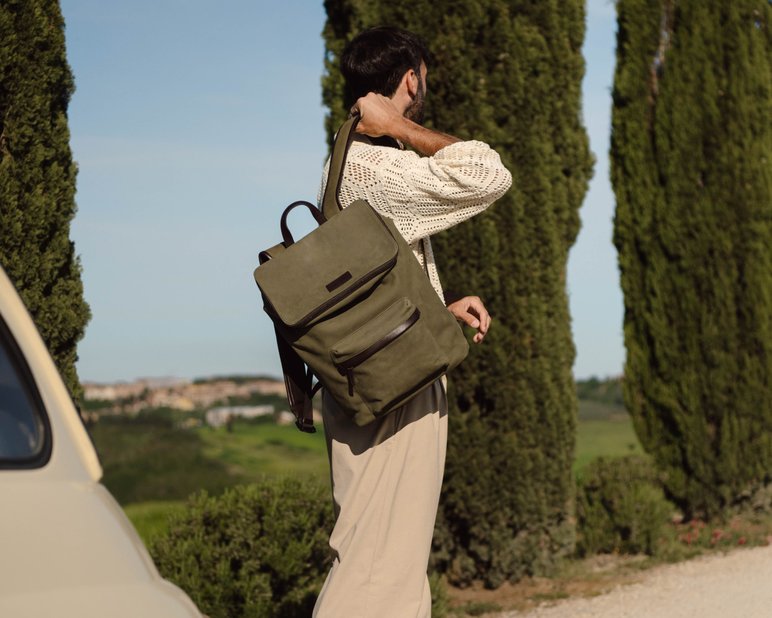
Those who belong to the slow travel movement are likely to disagree entirely, finding fault in the time-sensitive and somewhat superficial nature of this dominant mode of travelling.
But slow travel is about a lot more than ignoring your timepiece and extending your holiday. Read on to find out why.
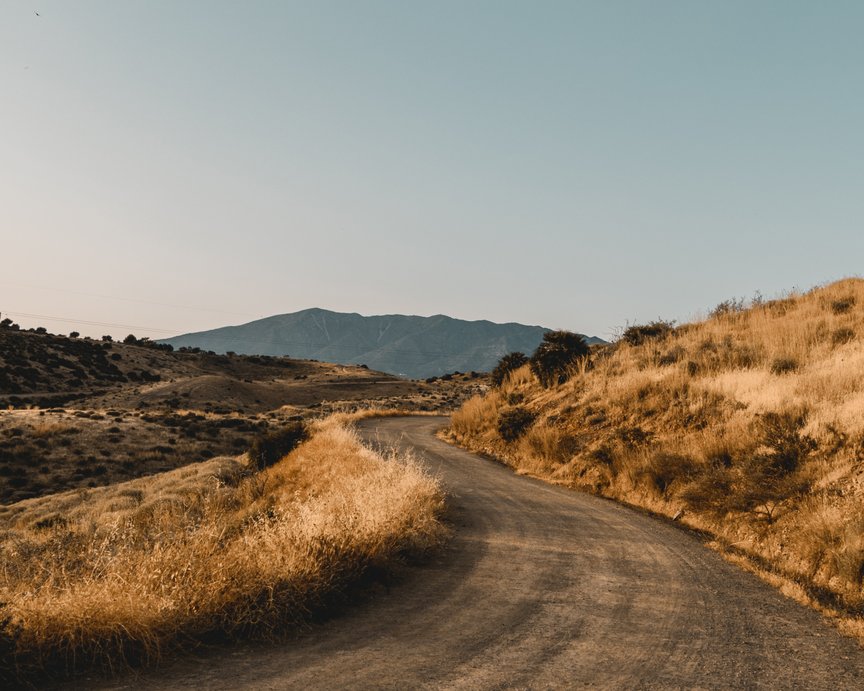
What is slow travel?
Before expanding on slow travel, it’s worth establishing how the slow movement emerged in the first place. Cultural commentators point to the Italian activist & journalist, Carlo Petrini, as the catalyst. In 1986, he protested against Mcdonald’s attempts to open its first Italian restaurant, nestled beside the Spanish Steps in Rome.
Petrini handed out homecooked penne pasta to curious locals. This symbolic gesture signalled a belief in the value of regional ingredients, time-honoured tradition and lengthier cooking times over the soulless fast food the American multinational planned to serve up.
Slow travel grew out of this philosophy and has a similar appreciation for immersive, authentic experiences (for example, cycling the Camino de Santiago trail in the Basque Country, Spain). In many ways it’s anti-time: emphasising pleasure in the journey, staying in locations longer for the ‘full’ experience (no interrailing here) and connecting with the surrounding environment and people. Liberated from the desire to see everything, you’ll find pleasure in the fleeting moments.
It’s a conscious rejection of tourist culture — and all the queue-jostling and shutter-clicking tendencies that come with it.
Rest assured, you don’t need to take a 3-month sabbatical to embrace slow travel. A few days spent walking in Yellowstone to fully appreciate the Wyoming wilderness still ticks the box. The bottom line is that it’s quality over quantity.
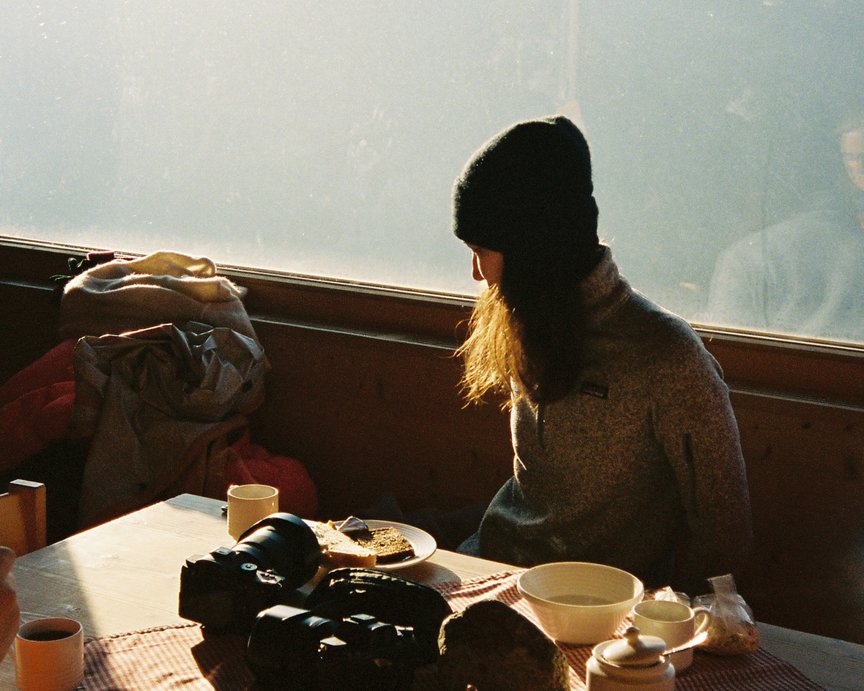
The rise of slow travel
As Pulitzer-winning journalist, Paul Salopek, explained in an interview with Conde Nast Traveller, “There’s been no other way but ‘slow travel’ for 99% of our history”. Having said that, slow travel has certainly seen a resurgence in recent times due to a timely combination of factors.
Take the Covid-19 pandemic. Global travel bans limited our ability to simply jump on a plane and touch down in the Maldives 12 hours later. Instead, we were forced to get creative with holidays. Many looked to the outdoors for inspiration — cycling, running, hiking or camping their way through this difficult period. It follows that many of us gained a newfound appreciation for time spent on our own two feet, immersed in the environment.
Coupled with this is a wider disenchantment with the fast-paced nature of modern living. After all, travel is supposed to be a liberating experience. But when your Day 2 itinerary in Rome is full to the brim, it can be hard to fully appreciate the essence of the Eternal City. Slow travellers are less impelled by the need to squeeze everything in. They want to switch off from the clock and go at their own pace.
The damaging implications of mass tourism have further highlighted the need for ethical modes of travel. From the water crisis afflicting Angkor Wat to the gradually sinking city of Venice, an ever-increasing influx of visitors is partly to blame. In contrast, slow travel promotes carbon-conscious transport like walking or taking a train and respect for the environment. Lots of slow travel tours also now offer cohorts the chance to engage in positive social activities like small-scale infrastructure projects.
So is travel slowing down? Thomas Power, co-founder and CEO of sustainable holidaymaker, Pura Aventura, summarises: “We’re seeing a strong trend toward destinations that are off-the-beaten-track and away from the busy tourist spots… Staying in an area for longer gives people more time to discover that little local bar, a weekly market or the sandy beach hidden away down a track”.

Benefits of slow travel
There are plenty of reasons why you should be interested in giving slow travel a go. We’ve laid out the key benefits below.
1. De-stress
Somewhere between the delayed flights and crammed tourist attractions, the relaxation element of travel has got a bit lost. When you’re not worrying about getting the perfect Instagram snap or rushing to the next spot, it’s surprising how much more present and calm you feel.
2. Fully appreciate a destination
Whether it’s leisurely cycling the Camino de Santiago route in Basque Spain or a week spent camping in one of Utah’s picturesque national parks, taking the time to fully absorb the destination you choose to visit will give you a far better appreciation of it.
3. Be more sustainable
By embracing eco-friendly modes of transport and staying in one destination for longer, you’re doing your bit while out on the open road.
4. Personal growth
The immersive nature of slow travel encourages strong connections with the environment and local people. And you’ll likely learn a thing or two about yourself.
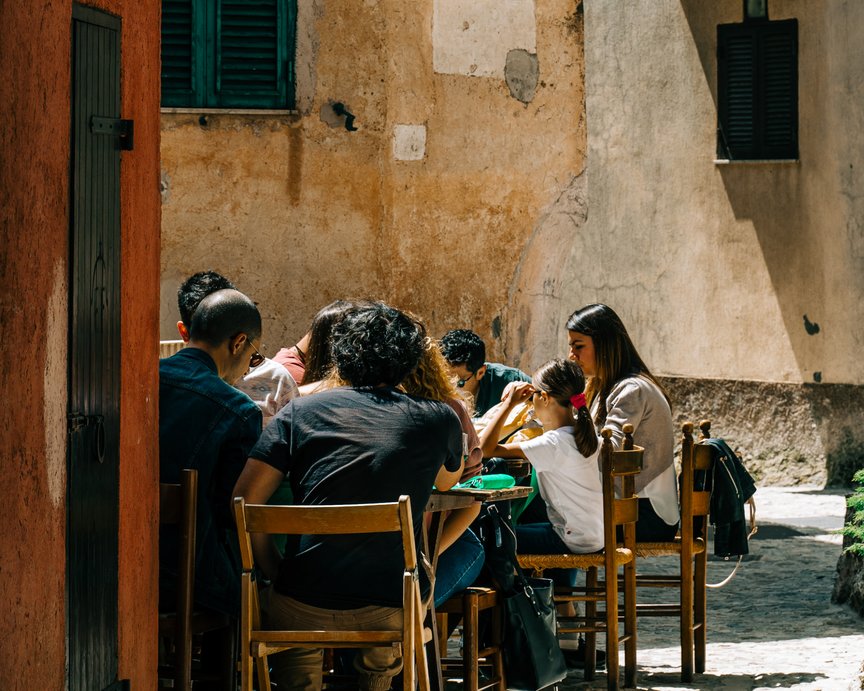
How to slow travel
While slow travel sounds like a difficult concept to put into practice at first — many of us don’t have the time or money to roam the Silk Road or Inca Trail — it’s actually a lot easier than it sounds. Here’s what you can do.
1. Take in the journey
For traditional tourists, the journey to and from destinations is the part of the holiday we least look forward to. It tends to mean jostling airport queues and killing time. The slow travel philosophy instead emphasises pleasure in the journey.
Train travel is a great way to get a feel for the natural side of the country you’re visiting and take the stress out of a journey. Take Central Europe. It’s exceptionally well connected by international railways. For a curious sightseer in Germany looking to visit Poland or any other neighbouring state, jumping on a train would offer a more holistic experience than the time-efficient mode of air travel.
2. Do less, in-depth
Sweeping Grand Tours are tempting, but you’ll probably miss out on the finer details of a city or region. Limiting the scope of your travels allows you to go deeper into things that matter most to you. Whether that’s integrating with locals to gain a better understanding of their culture, hiking in nature or eating your way around the best-hidden local restaurants.
3. Do your bit
Slow travel is as much about what you put in as what you get out. We know, it sounds a bit cliché, however, the movement has evolved to the point where many now see it as a way to give back.
For example, tour operator, Walks, makes restoration efforts a core part of their walking tours. While Ecocompanion gives punters the chance to take part in conservation programmes in countries as varied as Malaysia and Costa Rica. Doing your bit could also be as simple as choosing local food vendors while away, helping to inject money directly into the hands of local people.
4. Enjoy the moment
In part, slow travel is about rejecting the pitfalls of contemporary life, such as routine and reliance on technology. So get off your iPhone and head out on your own two feet, immersing yourself in whatever interests you most.
Less planning means you won’t be fretting about what’s coming up next and can focus fully on the here and now. It’s about travelling the picturesque waterways of Champagne, taking in the châteauxs and vineyards, over cramming in the Arc de Triomphe, Eiffel Tower and Louvre into one day. In fact, most slow travel advocates would suggest avoiding tourist traps altogether.
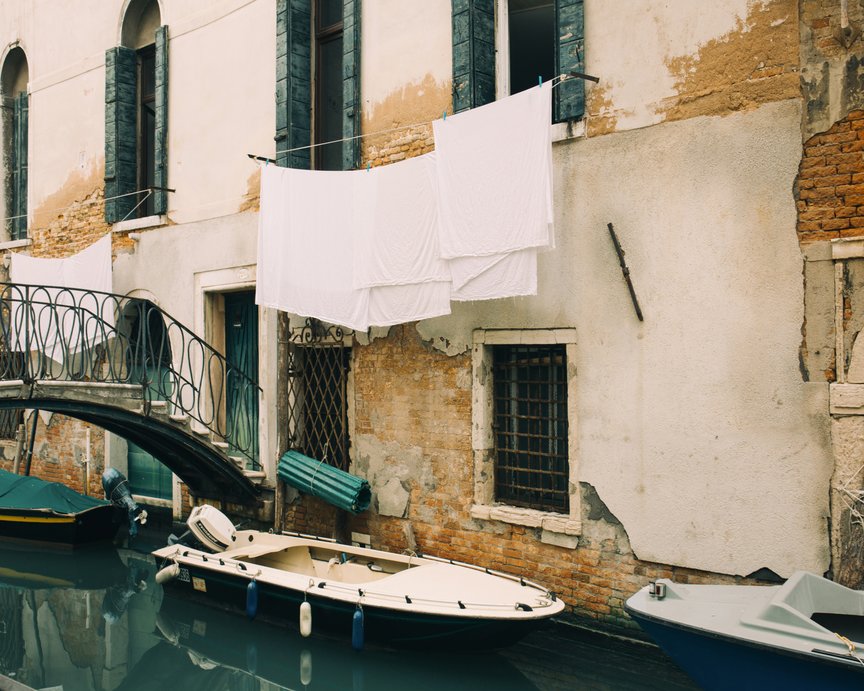
Slow travel destinations
While near-on anywhere can be a slow travel destination if you take the time to engage with it, there are many standout spots across the globe.
If nature is your thing, you’re naturally spoiled for choice. From walking safaris in the Serengeti National Park to remote mountain trekking with Mongolian nomads and paddling Canada’s Yukon River, there are a vast array of opportunities across the globe. Many of these are best experienced as part of a tour group, where the organisers will help you navigate the terrain and provide you sustenance and shelter on the go.
Those with a penchant for walking might look to the rugged fell mountains and deep lakes of Cumbria’s Lake District. Or for something a little less physically demanding, the many pilgrimage routes dotted across Northern Italy. Slow-travel historical tours are increasingly popular too, such as routes across Belgium and France tracing the campaigns of WWII armies.
Canal or boat travel is another scenic way to take in a region of your choice. Whether that’s drifting down the Mekong Delta in Vietnam and Cambodia, sailing the Mississippi or pottering through the intricate canals of Holland, taking in the windmills and tulip fields.
For epic railway journeys, try the Indian Pacific Rail from Perth to Sydney, the Trans-Siberian Express or the West Highland Line in Scotland.
Takeaway
It’s important to remember that slow travel is primarily about mindset. Don’t be under the illusion that it necessitates an extended stay. Whether living it up abroad or pottering around your local nature reserve, seeking authentic experiences and dwelling that bit longer on what you discover is always the goal.
Another misconception is that you have to physically travel slowly. Again, this is off the mark. Instead, the onus should be on refusing to rush. Like resisting the desire to tick off all must-see tourist spots in a country you’re visiting and honing in on one region, city or town instead.